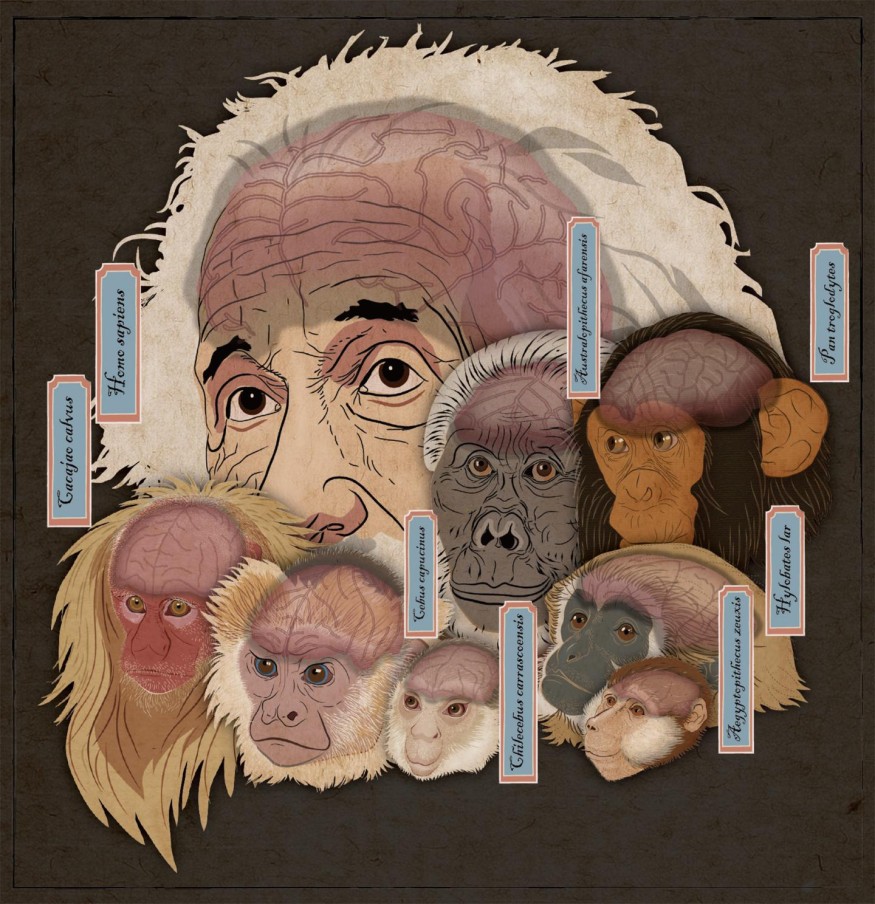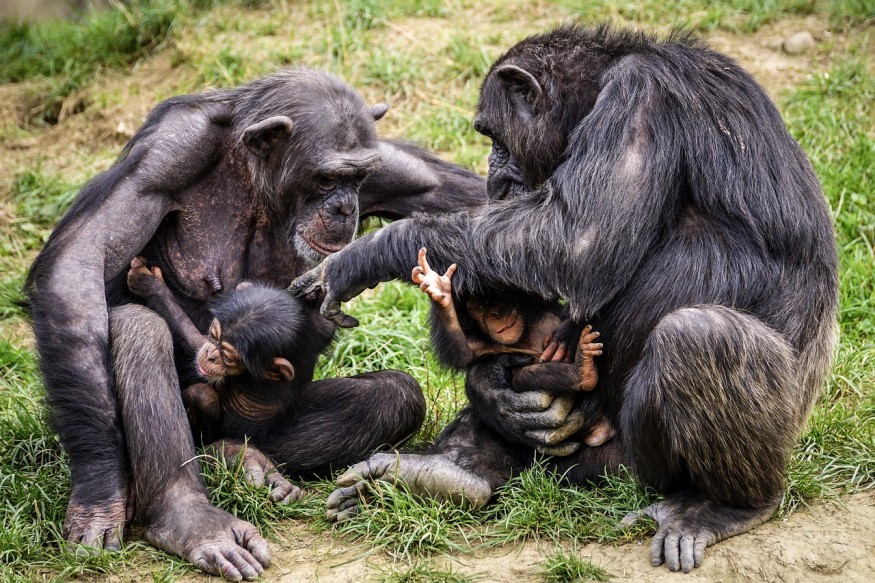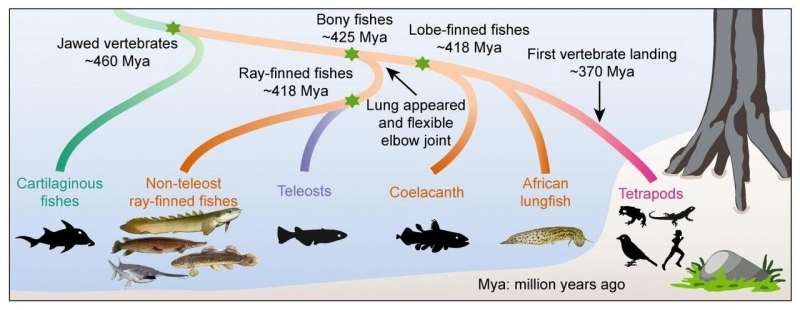While it is commonly recognized that climate change aided our species' development in Africa, the specific nature of that climatic change and its consequences remain unknown.
Glacial-interglacial cycles have a significant influence on climatic change patterns in many regions of the world. They were also thought to govern environmental changes in Africa throughout the last 1 million years of human evolution.
Early humans are assumed to have evolved and dispersed due to environmental changes caused by glacial cycles.

This idea is challenged by research released this week in the Proceedings of the National Academy of Sciences (PNAS). Ancient El Niño-like weather patterns were identified as the cause of major climatic shifts in Africa by Dr. Kaboth-Bahr and an international group of diverse partners. The group was able to re-evaluate the existing climatic framework of human evolution as a result of this.
Related Article : Earliest Modern Man Genome Identified by Neanderthal Ancestry
Climate Seesaw

A new study looks at when and where wet or dry conditions prevailed over Africa over the past 620,000 years. It found a distinct east-west 'seesaw' with a pattern similar to the pattern produced by El Niño weather phenomena. The study looked at 11 climate archives from all across Africa covering the past. The effects of the tropical Pacific Ocean on the so-called "Walker Circulation."
Dr. Kaboth-Bahr and her colleagues combined 11 climate records from all across Africa, spanning the last 620 thousand years, to provide a complete spatial picture of when and where wet and dry conditions prevailed over the continent.
"We were startled to see a definite climatic east-west 'seesaw' similar to the pattern caused by the weather phenomenon El Niño, which now substantially impacts precipitation distribution in Africa," says study leader Dr. Kaboth-Bahr.
Walker Circulation

According to the scientists, the impacts of the tropical Pacific Ocean on the so-called "Walker Circulation" - a belt of convection cells that affect the tropics' rainfall and aridity - were the primary driver of this climatic seesaw.
The data clearly reveals that the wet and dry portions of the African continent moved between east and west on timelines of around 100,000 years, with each climate transition followed by massive flora and animal fauna rotations.
The researchers are quick to point out that, while climate change was not the only element driving early human development, the new study does offer a fresh viewpoint on the close relationship between climatic variations and our ancestors' origins.
Ecotones
According to the scientists' findings, a seesaw-like pattern of rainfall alternating between eastern and western Africa likely created critically important ecotonal areas - buffer zones between diverse natural zones like grassland and woodland.
According to the researchers, Africa's interior areas may have played a vital role in ensuring long-term population stability. ""We witness early members of our species' archaeological signatures all throughout Africa," Dr. Scerri explains.
"But innovations come and go and are frequently re-invented, suggesting that our deep population history experienced a persistent saw-tooth like pattern of local population increase and collapse."
Ecotonal zones may have provided zones for longer-term population stability, ensuring that the overall human population survived even if local communities perished."
For more biological news, don't forget to follow Nature World News!
© 2025 NatureWorldNews.com All rights reserved. Do not reproduce without permission.





